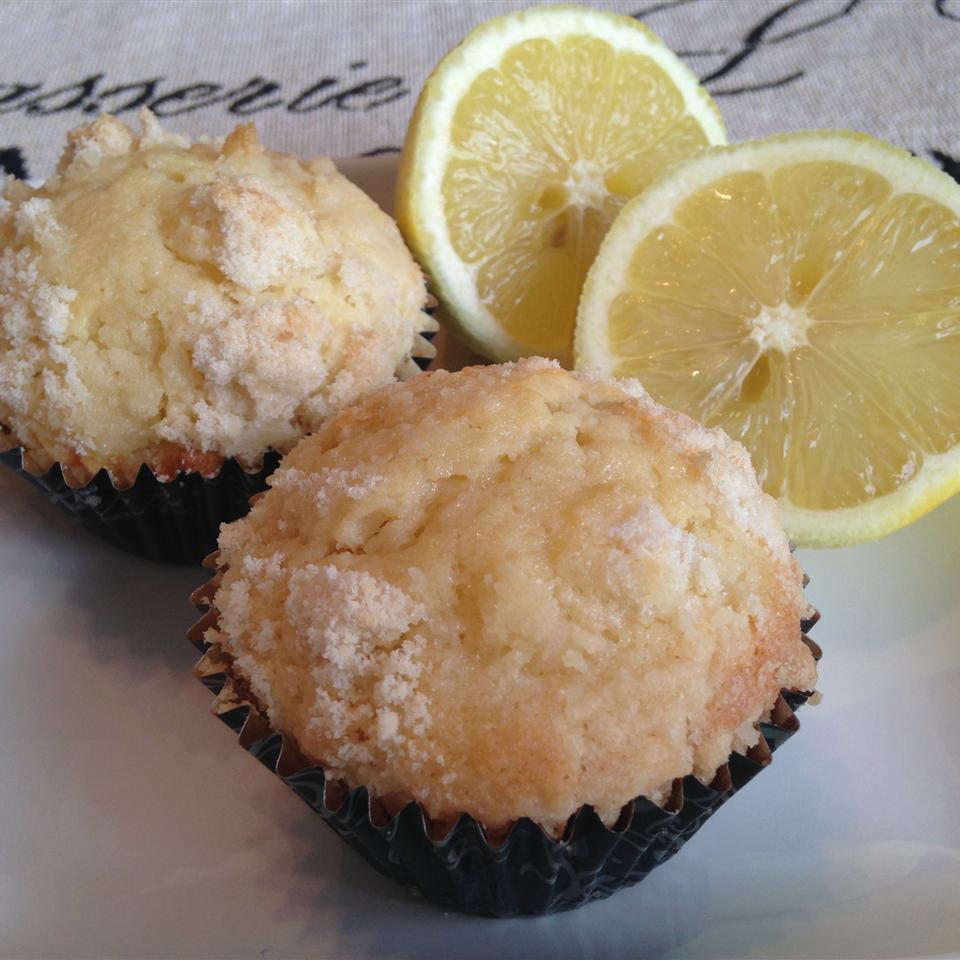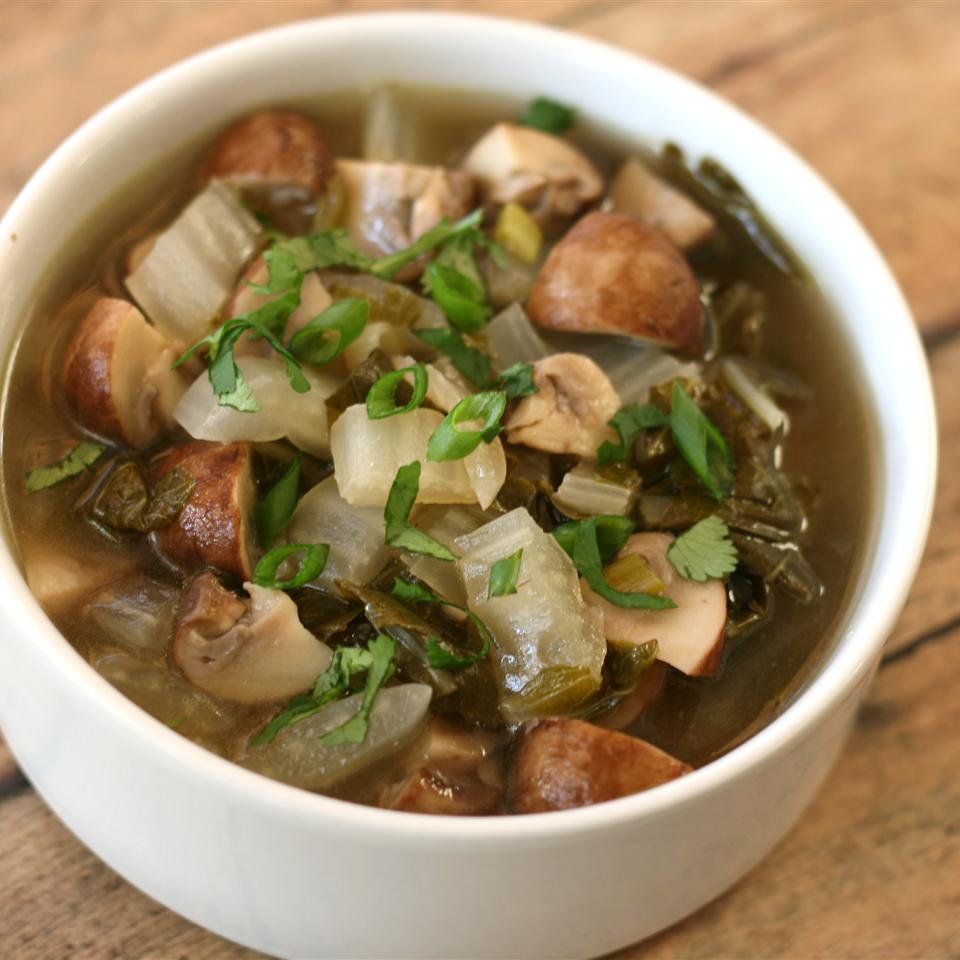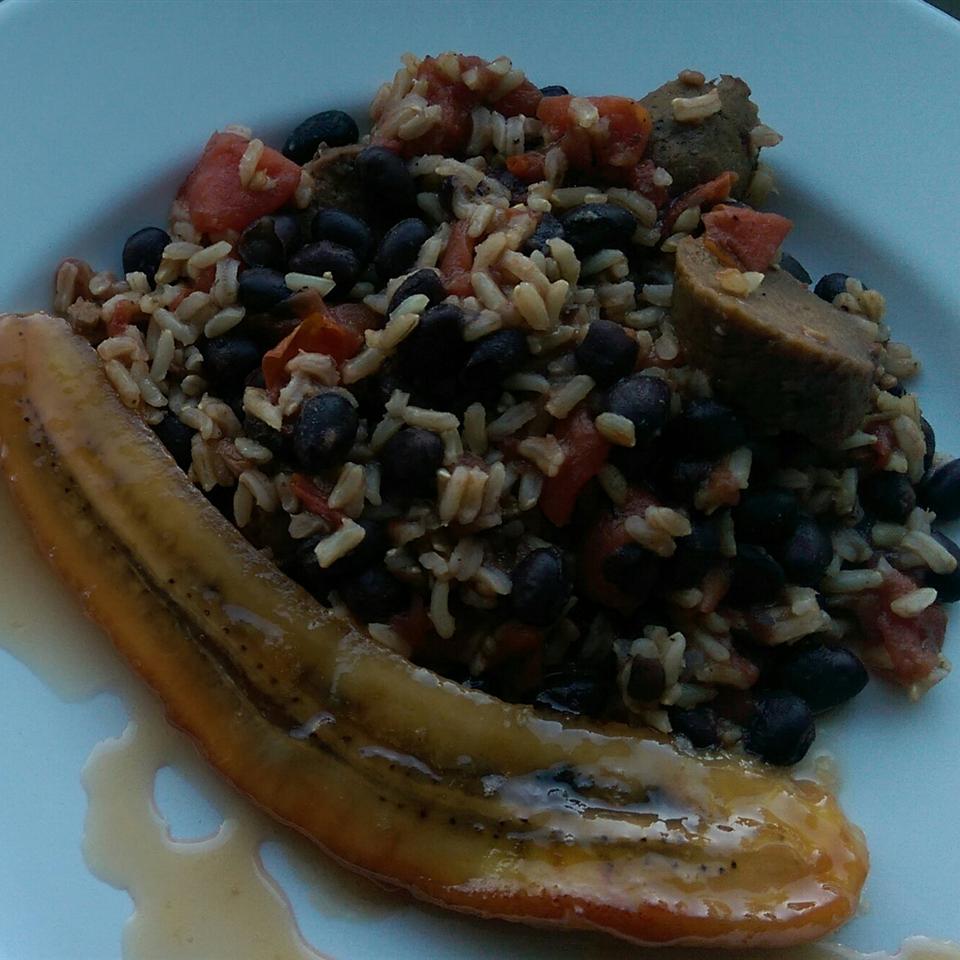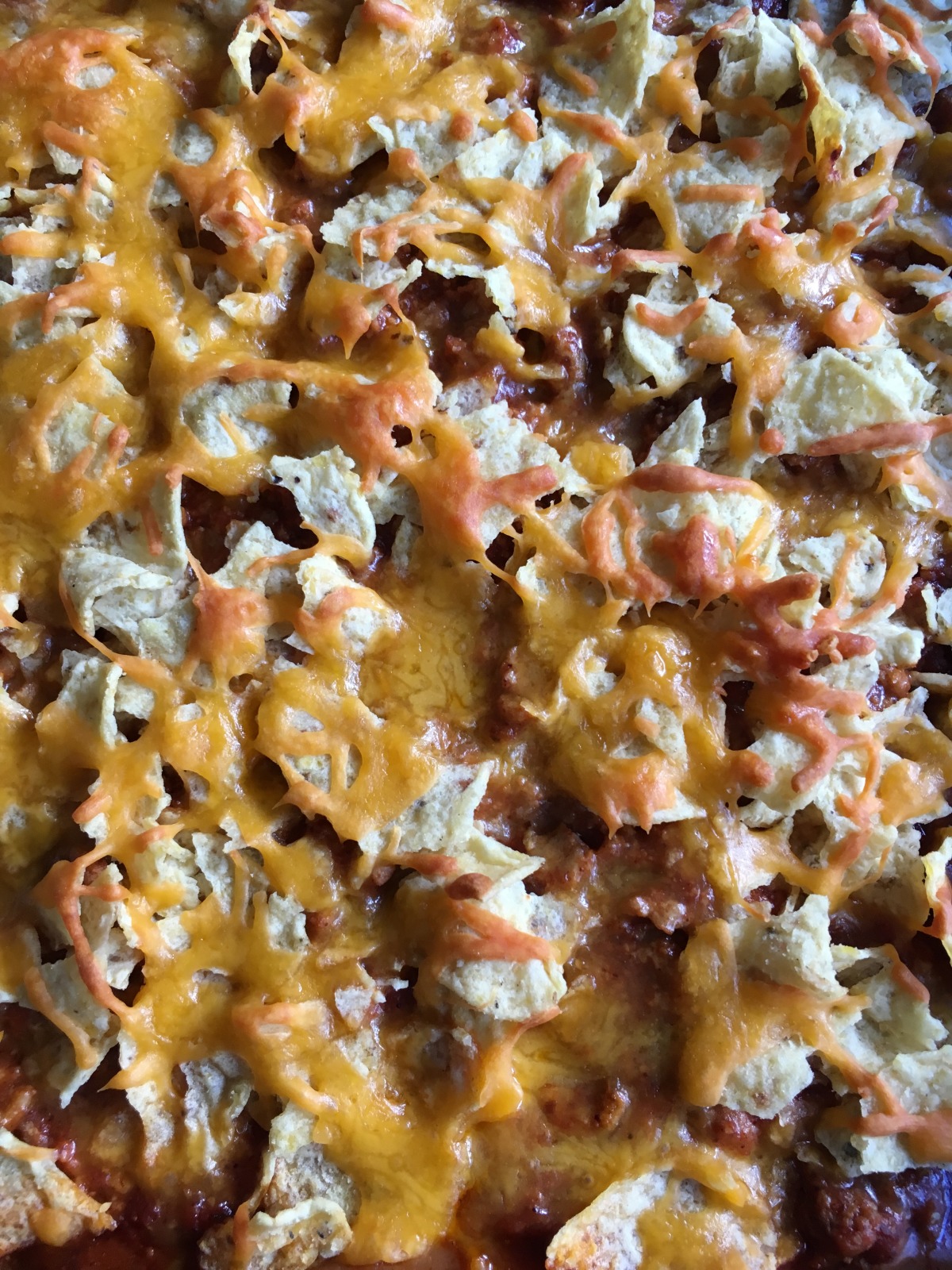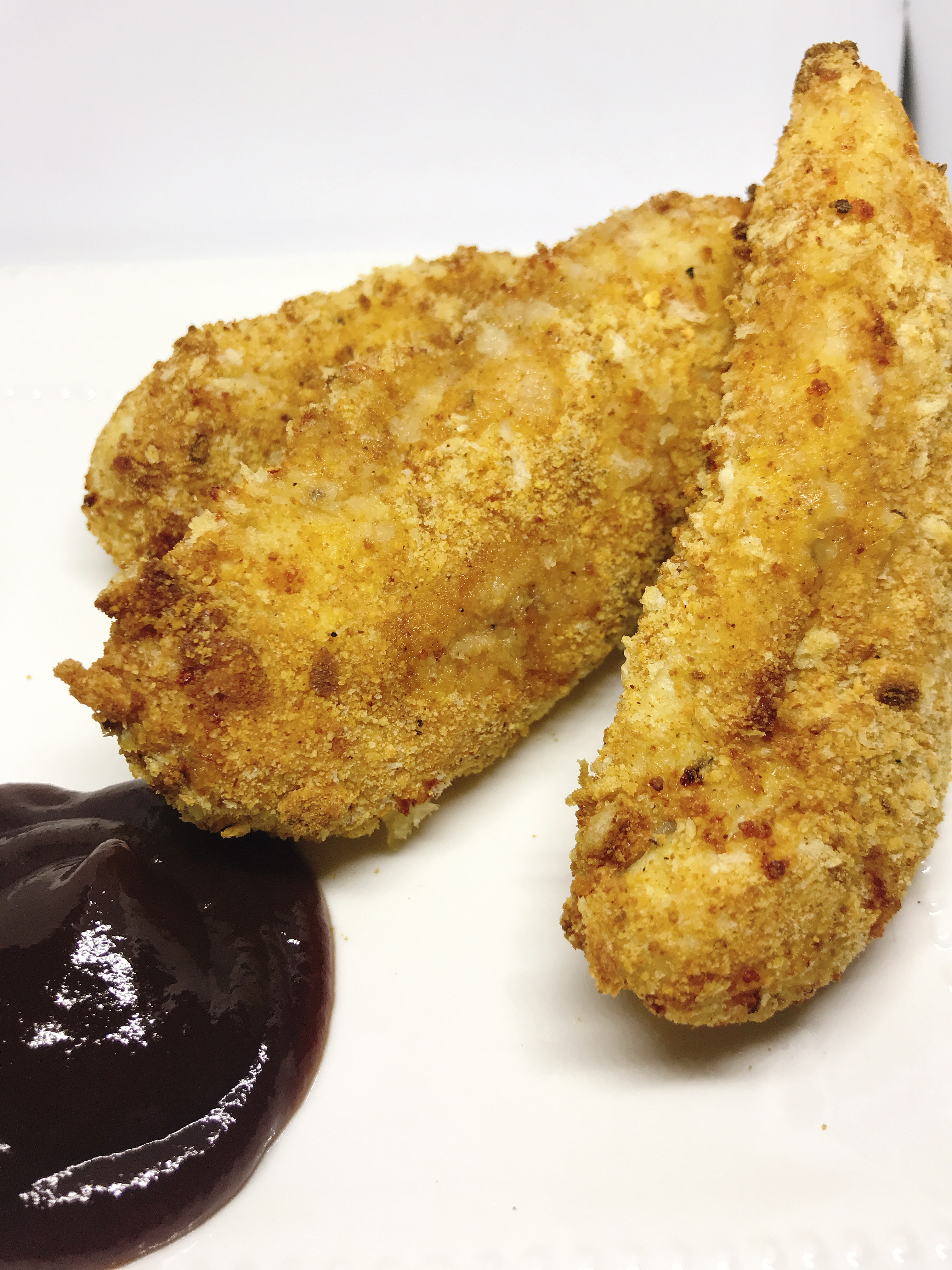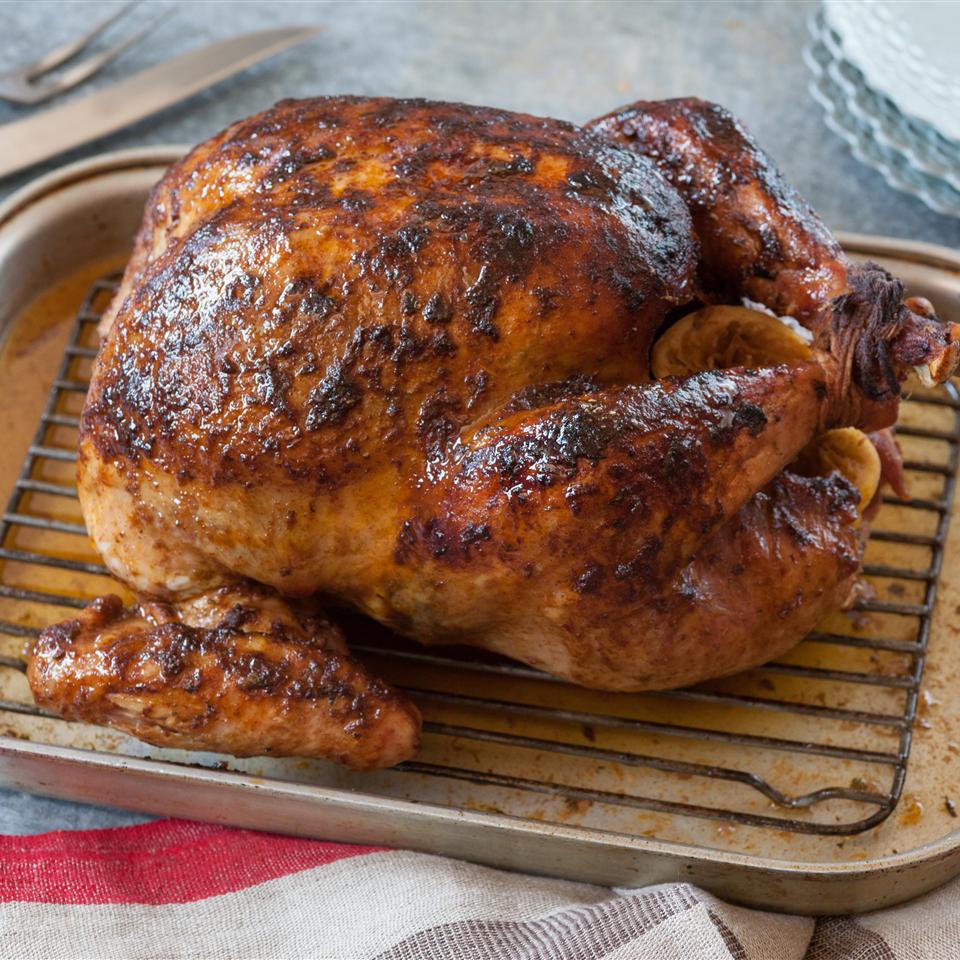Dosas are a type of savory pancake originating from South India, made from a fermented batter primarily consisting of lentils and rice. They are a staple food in many South Indian households and are often served for breakfast, lunch, or dinner. Dosas are typically served with a variety of accompaniments, such as chutney, sambar, or potato curry. Sourdough dosa is a variation of the traditional dosa recipe that uses sourdough starter instead of traditional yogurt or buttermilk as the fermenting agent. This results in a dosa that is slightly sour in flavor and has a slightly chewy texture. Sourdough dosas are also believed to be more nutritious than traditional dosas, as the fermentation process increases the bioavailability of certain nutrients in the batter.
In this article, we will provide you with two recipes for sourdough dosas: a basic recipe and a recipe for a more flavorful version that includes the addition of vegetables and spices. We will also provide tips on how to make the perfect dosa batter, as well as how to cook dosas properly. So, whether you are a seasoned dosa maker or you are new to this South Indian delicacy, we have everything you need to know to make delicious sourdough dosas at home.
DOSA (SOURDOUGH RICE CREPES)

From the fantastic "Savoring the Spice Coast of India" by Maya Kaimal, a cookbook which is available at Amazon. She says her father developed this recipe to adapt a south India speciality, ideally fermented in 90 degree F, to the New York climate. Note: Wherever you live, you must begin soaking ingredients a day in advance. Cooking time is soaking and fermenting time: 16-19 hours Active cooking time includes 20 minutes for active measuring and grinding and 30 minutes of active frying time.
Provided by tamarinda
Categories Breakfast
Time 20h
Yield 18 dosas, 6 serving(s)
Number Of Ingredients 6
Steps:
- Place the urad dhal in a large bowl and rinse with many changes of water until the water no longer appears cloudy. Drain.
- In a large bowl, combine the drained urad dhal with the rice, fenugreek seeds, and 2 1/2 cups water. Soak the ingredients together for 4 hours at room temperature, until the dhal and rice expand and soften. When a grain of rice just breaks under the pressure of your fingernail, the ingredients have soaked long enough.
- Drain the urad dhal and rice, reserving the liquid. Place roughly half of the solids and half of the liquid in a blender and grind them long enough to get a smooth consistency with some graininess remaining, about 1 1/2 to 2 minutes. Test by rubbing a little batter between your fingers. The largest grains should be the size of granulated sugar. Pour the mixture into a large bowl. Repeat the process with the remaining solids and liquid, and add the mixture to the bowl. Stir in the salt. The mixture should be very thick, so it will be necessary to thin it with approximately 1/4 cup water to get the consistency of pancake batter.
- Cover the bowl loosely with plastic wrap and place in an oven, kept warm to a temperature of 90 degrees for 12 to 15 hours. This can be achieved with the help of a trouble light or floodlight fitted with a 25-watt bulb. Plug the power cord into an outlet close enough to the oven so that the bulb can rest on a rack in the oven. Turn on the light and prop the oven door open about 1 inch with the handle of a wooden spoon. Check the temperature periodically to be sure it stays at 90 degrees. During warm summer months it may not be necessary to use the lightbulb. The batter should nearly double in volume and smell a little sour.
- Remove the bowl from the oven and stir the contents. The batter will be thick and foamy. If you choose not to fry the crepes immediately, refrigerate the batter at this point. Remove it from refrigerator 1/2 hour before frying.
- When ready to fry the crepes, check the consistency of the batter: it should pour smoothly like pancake batter. Add the baking soda and a little more water if needed.
- Heat a nonstick griddle or frying pan over medium low heat (2 pans will speed up the process). Spread about 1/4 teaspoon oil evenly over the griddle. Ladle 1/4 cup of the batter into the center of the hot griddle, and immediately, using the back of the ladle, gently but steadily spread the batter in a circular motion from the center out, creating a thin pancake. If the batter does not spread easily into a thin layer, thin it with a little more water.
- As the crepe cooks, small holes will form on the surface. Sprinkle a few drops of oil on top, to help make it crisp. When the bottom turns a golden color (about 1 minute) turn it over and fry the other side 30 seconds or until lightly browned. Fold the crepe in half, golden side out, and place it on a platter. Keep the fried crepes warm as you repeat the process, oiling the griddle each time. Serve immediately.
Nutrition Facts : Calories 188.9, Fat 0.4, SaturatedFat 0.1, Sodium 442.9, Carbohydrate 40.5, Fiber 2, Sugar 0.3, Protein 4.9
SOURDOUGH CREPES WITH POTATO MASALA
Steps:
- Prepare Sourdough Crepe batter.
- Soak the channa dhal in a small bowl of water for 10 minutes. Drain.
- In a saucepan, boil the potatoes in salted water for 8 to 10 minutes or until they are tender when pierced with a knife. Drain, reserving the liquid for later.
- In a wide nonstick pan with a lid, heat the oil over medium high heat. Add the mustard seeds and cover. When the mustard seeds have popped, toss in the cumin seeds and curry leaves and shake the pan, allowing the cumin seeds to brown and the leaves to sizzle.
- Next, add the drained channa dhal and fry, stirring constantly until golden. Put in the onions and saute until soft but not brown, then add the ginger and green chile, and fry for 1 minute.
- Stir in the turmeric, cayenne, and salt and fry for 1 more minute.
- Finally, add the drained potato and 1/2 cup of the reserved liquid, reducing the heat to medium low, and simmering, with the cover on. Periodically add more of the potato liquid (1/4 cup at a time), and stir occasionally, until the mixture is paste-like and the potatoes have broken down, about 10 minutes. Stir in the lemon juice and remove from the heat. Cover and set aside.
- Fry the dosas according to the instructions in the Sourdough Crepes recipe. After frying each 1, place golden side down and spoon about 2 tablespoons of the potato filling onto 1 half. Fold in half, and place the filled dosa on a warm platter: cover, while you continue frying the rest. Serve promptly.
- Place the urad dhal in a large bowl and rinse with many changes of water until the water no longer appears cloudy. Drain.
- In a large bowl, combine the drained urad dhal with the rice, fenugreek seeds, and 2 1/2 cups water. Soak the ingredients together for 4 hours at room temperature, until the dhal and rice expand and soften. When a grain of rice just breaks under the pressure of your fingernail, the ingredients have soaked long enough.
- Drain the urad dhal and rice, reserving the liquid. Place roughly half of the solids and half of the liquid in a blender and grind them long enough to get a smooth consistency with some graininess remaining, about 1 1/2 to 2 minutes. Test by rubbing a little batter between your fingers. The largest grains should be the size of granulated sugar. Pour the mixture into a large bowl. Repeat the process with the remaining solids and liquid, and add the mixture to the bowl. Stir in the salt. The mixture should be very thick, so it will be necessary to thin it with approximately 1/4 cup water to get the consistency of pancake batter.
- Cover the bowl loosely with plastic wrap and place in an oven, kept warm to a temperature of 90 degrees for 12 to 15 hours. This can be achieved with the help of a trouble light or floodlight fitted with a 25-watt bulb. Plug the power cord into an outlet close enough to the oven so that the bulb can rest on a rack in the oven. Turn on the light and prop the oven door open about 1 inch with the handle of a wooden spoon. Check the temperature periodically to be sure it stays at 90 degrees. During warm summer months it may not be necessary to use the lightbulb. The batter should nearly double in volume and smell a little sour.
- Remove the bowl from the oven and stir the contents. The batter will be thick and foamy. If you choose not to fry the crepes immediately, refrigerate the batter at this point. Remove it from refrigerator 1/2 hour before frying.
- When ready to fry the crepes, check the consistency of the batter: it should pour smoothly like pancake batter. Add the baking soda and a little more water if needed.
- Heat a nonstick griddle or frying pan over medium low heat (2 pans will speed up the process). Spread about 1/4 teaspoon oil evenly over the griddle. Ladle 1/4 cup of the batter into the center of the hot griddle, and immediately, using the back of the ladle, gently but steadily spread the batter in a circular motion from the center out, creating a thin pancake. If the batter does not spread easily into a thin layer, thin it with a little more water.
- As the crepe cooks, small holes will form on the surface. Sprinkle a few drops of oil on top, to help make it crisp. When the bottom turns a golden color (about 1 minute) turn it over and fry the other side 30 seconds or until lightly browned. Fold the crepe in half, golden side out, and place it on a platter. Keep the fried crepes warm as you repeat the process, oiling the griddle each time. Serve immediately.
Tips:
- Use a non-stick pan or griddle for cooking the dosa. This will prevent them from sticking and make them easier to flip.
- Make sure the pan is hot before adding the dosa batter. This will help the dosa cook evenly.
- Spread the dosa batter thinly over the pan. This will help it cook quickly and evenly.
- Cook the dosa for 1-2 minutes per side, or until it is golden brown and crispy.
- Serve the dosa hot with your favorite toppings, such as chutney, sambar, or potato masala.
Conclusion:
Sourdough dosa is a delicious and healthy variation on the traditional dosa recipe. It is made with a sourdough starter, which gives it a slightly tangy flavor and a chewy texture. This recipe is also a great way to use up leftover sourdough starter. Whether you are a dosa lover or just looking for something new to try, sourdough dosa is a great option. It is easy to make and can be enjoyed by people of all ages.
Are you curently on diet or you just want to control your food's nutritions, ingredients? We will help you find recipes by cooking method, nutrition, ingredients...
Check it out »
You'll also love




